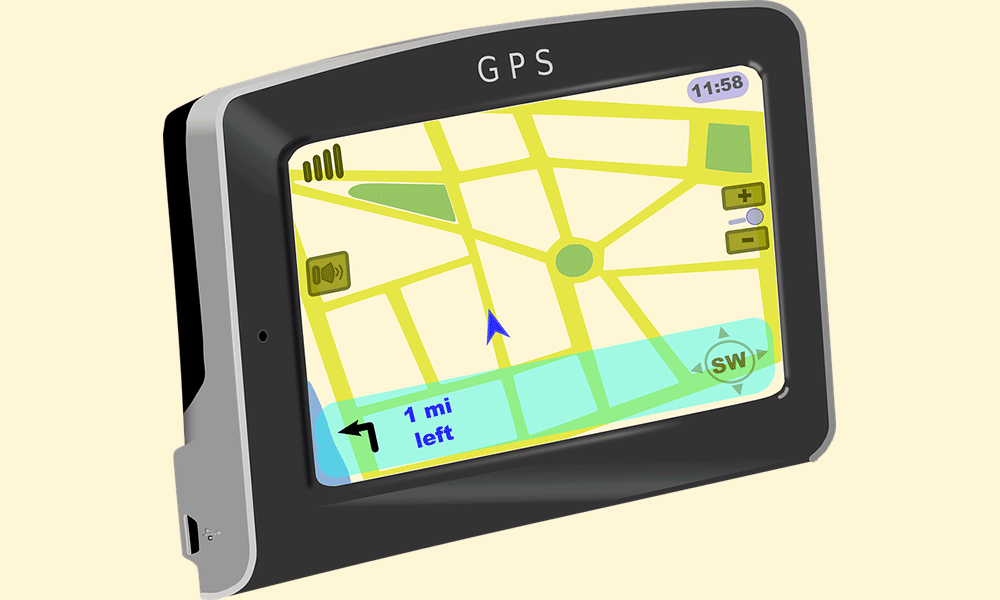“Very interesting news brought to us by Elizabeth Ecker.”
Advances are being made in the “nana technology” developed by a George Mason University professor to help caregivers and family members care for their aging counterparts. By placing a GPS-based tracking device in shoes, Professor Andy Carle has made strides in terms of caring for those who, due to dementia or Alzheimer’s disease, may be prone to wander or becoming lost.
The technology was inspired by a shoe-based GPS device rolled out in 2007 to help parents keep track of their small children, the Washington Post writes in detailing the work of Carle on the aging technology. Since then, Carle has worked with GTX to create a similar device geared toward older people.
And this summer, a new advance in the so-called nana technology will roll out: the technology will be contained in a removable insole, allowing it to transfer among different pairs of shoes.
The technology has led Carle to meet with groups such as veterans and the NFL Retired Players Association, the Washington Post reports.
“You’ve got 5 million people with Alzheimer’s in this country,” Carle told the Washington Post, “…and that’s going to quadruple. You’re going to have municipalities who do nothing but search and rescue for local seniors all day.”
The affordability of the technology is one caveat, the Post notes, citing a $299 upfront cost and monthly network subscription, as is the reliability of the network. It’s an improvement, however, over similar technologies that involve a wrist band, or require the person to remain within a certain distance of the caregiver or home site.





